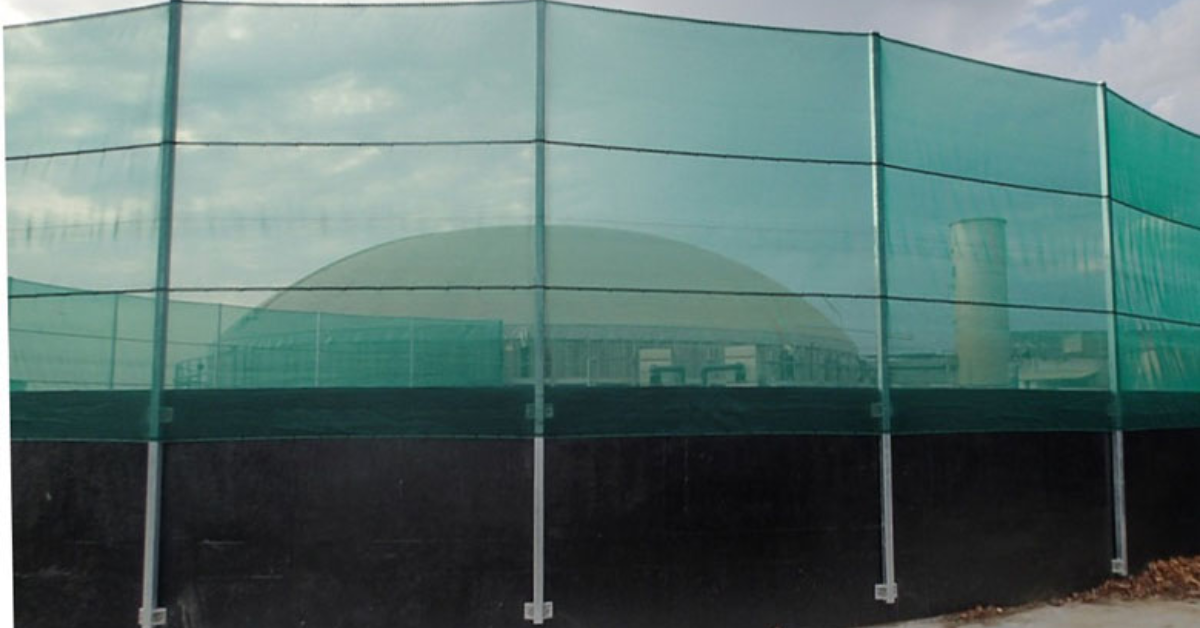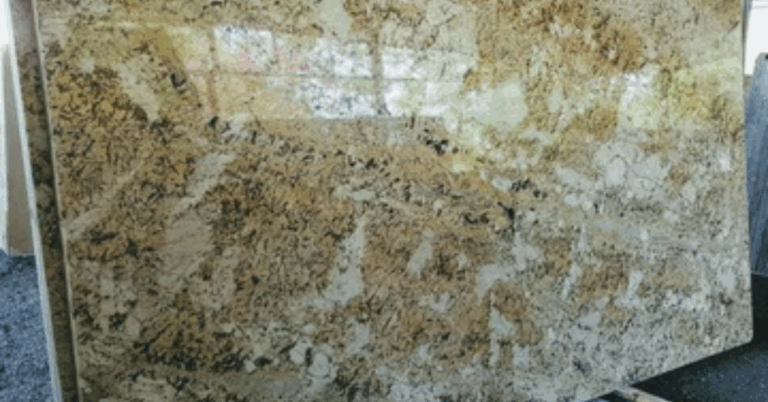Scaffold Netting: Essential Protection for Safe and Efficient Construction
In the construction industry, safety and efficiency go hand in hand. Among the many safety measures used on construction sites, Scaffold Netting plays a crucial role in protecting workers, pedestrians, and property from falling debris and dust. Whether you’re managing a large commercial project or a small building renovation, installing quality Scaffold Netting ensures a safer and cleaner working environment.
In this article, we’ll explore what Scaffold Netting is, its types, uses, benefits, installation methods, and maintenance tips — everything you need to know to make the right choice for your next construction project.
What is Scaffold Netting?
Scaffold Netting is a protective mesh material attached to scaffolding structures around construction sites. Its primary purpose is to contain debris, tools, and dust, preventing them from falling and posing risks to people or property below.
Typically made from high-density polyethylene (HDPE) or other durable synthetic materials, Scaffold Netting is lightweight, UV-resistant, and weatherproof. This ensures long-lasting protection even in harsh outdoor conditions.
The netting also serves as a visual barrier, helping to define construction zones clearly, while maintaining airflow and natural light penetration — critical for worker comfort and productivity.
Types of Scaffold Netting
Depending on your project’s safety needs and environmental conditions, different types of Scaffold Netting can be used:
1. Debris Netting
This is the most common form of Scaffold Netting, designed to prevent small tools, dust, and fragments from escaping the work area. It’s often used on high-rise construction sites or renovation projects in urban areas.
2. Shade Netting
Scaffold Netting can also serve as shade protection, especially in hot climates. Shade netting reduces heat exposure and glare, creating a more comfortable work environment for construction teams.
3. Flame-Retardant Netting
For added safety, flame-retardant Scaffold Netting is treated with special coatings that reduce fire risks — a key requirement on industrial sites or projects where welding and electrical work are common.
4. Custom-Colored or Branded Netting
Many companies now opt for Scaffold Netting customized with logos or brand colors. This enhances visibility, reinforces branding, and gives a professional appearance to construction sites.
Key Benefits of Using Scaffold Netting
Using Scaffold Netting offers a wide range of advantages, from improved safety to enhanced site aesthetics. Let’s explore the main benefits:
1. Enhanced Safety
The primary reason for installing Scaffold Netting is to protect workers and pedestrians from falling debris. Even a small tool falling from height can cause serious injury — netting prevents such accidents effectively.
2. Dust and Debris Control
Construction activities generate a lot of dust and waste. Scaffold Netting minimizes the spread of debris, keeping the surrounding area clean and compliant with environmental regulations.
3. Weather Protection
High-quality Scaffold Netting shields workers from wind, rain, and direct sunlight. This improves comfort and reduces the risk of weather-related delays.
4. Improved Aesthetics
Sites surrounded by Scaffold Netting appear more organized and professional. This is especially beneficial in urban or public areas where maintaining a clean appearance matters.
5. Regulatory Compliance
Many construction safety standards require the use of Scaffold Netting to prevent accidents and pollution. Installing it helps meet occupational safety and environmental compliance requirements.
How to Install Scaffold Netting
Installing Scaffold Netting is straightforward, but proper installation is vital for effectiveness. Here’s a general step-by-step guide:
-
Prepare the Area:
Ensure the scaffolding is properly erected and stable before attaching the netting. -
Start from the Top:
Unroll the Scaffold Netting from the top section of the scaffold downward, securing it with cable ties or bungee cords. -
Overlap the Edges:
Overlap each section of Scaffold Netting by about 10–15 cm to avoid gaps that could allow debris to escape. -
Secure at Intervals:
Attach the netting firmly every 50–60 cm to prevent flapping in the wind. -
Inspect Regularly:
After installation, inspect the Scaffold Netting regularly for tears or loose areas and repair them immediately.
Properly installed netting not only provides safety but also withstands harsh weather without sagging or tearing.
Maintenance Tips for Long-Lasting Scaffold Netting
To ensure the longevity and performance of your Scaffold Netting, regular maintenance is essential.
-
Clean Periodically: Remove dust, cement, and debris buildup to prevent premature wear.
-
Inspect for Damage: Look for holes, frayed edges, or UV damage and replace sections as needed.
-
Store Properly: When not in use, roll up and store Scaffold Netting in a cool, dry place away from direct sunlight.
-
Avoid Overstretching: Excess tension can reduce the netting’s strength and cause tearing over time.
By maintaining your Scaffold Netting correctly, you can extend its lifespan and maintain site safety standards efficiently.
Environmental Impact and Sustainability
Modern Scaffold Netting is often made from recyclable HDPE materials, making it an eco-friendly safety solution. Unlike older plastic meshes, today’s nettings are designed for reuse across multiple projects, reducing waste and promoting sustainability in construction.
Some manufacturers even produce biodegradable or low-impact versions of Scaffold Netting, helping companies align with green building certifications and environmental goals.
Choosing the Right Scaffold Netting for Your Project
When selecting Scaffold Netting, consider these factors:
-
Material Quality: Choose UV-stabilized and tear-resistant materials for long-term durability.
-
Size and Mesh Density: Pick a mesh type suitable for your debris size and scaffolding height.
-
Safety Ratings: Ensure the product meets local safety and fire-retardant standards.
-
Color and Visibility: Green or blue Scaffold Netting blends well with environments, while brighter colors improve site visibility.
Working with reputable suppliers ensures you get tested and certified netting that meets both safety and performance requirements.
Conclusion
In today’s construction landscape, Scaffold Netting is more than just a safety accessory — it’s a necessity. It safeguards workers, pedestrians, and nearby property while maintaining a cleaner, more efficient job site.
By investing in high-quality Scaffold Netting, construction companies demonstrate their commitment to safety, environmental responsibility, and professionalism. Whether you’re working on a skyscraper, bridge, or residential project, reliable Scaffold Netting will always be an integral part of building safely and smartly.







